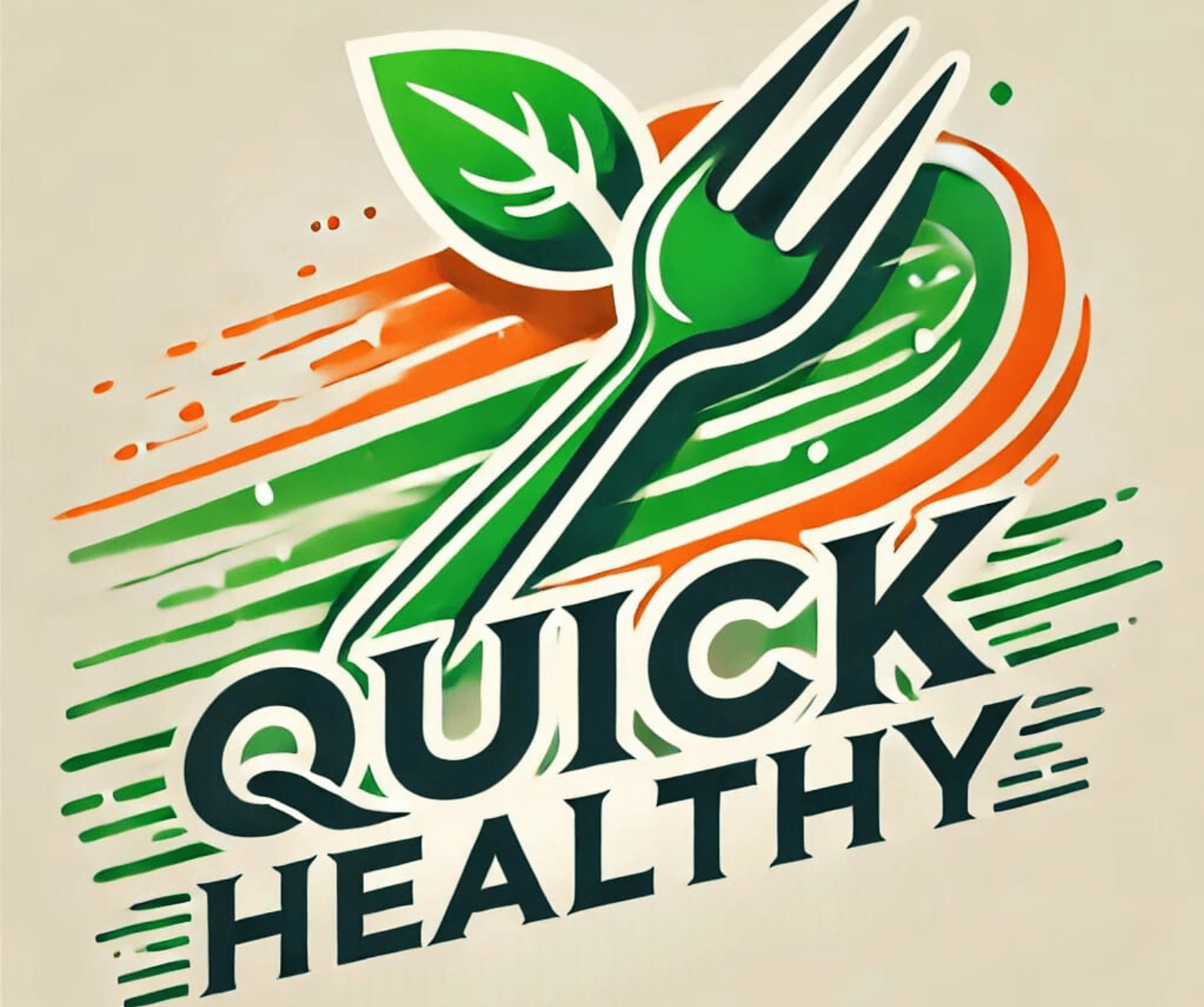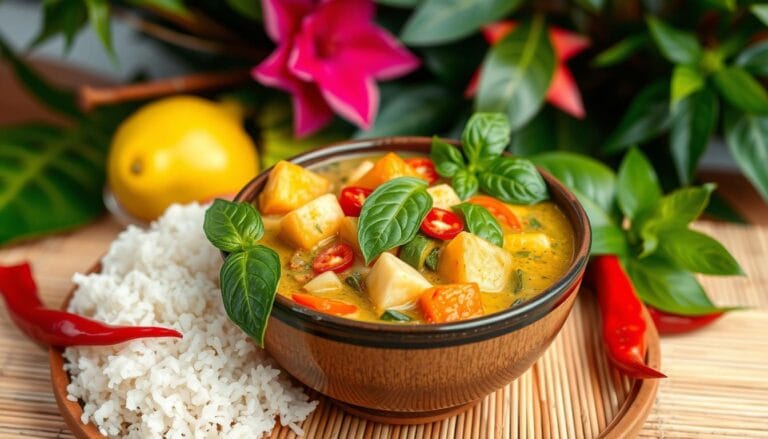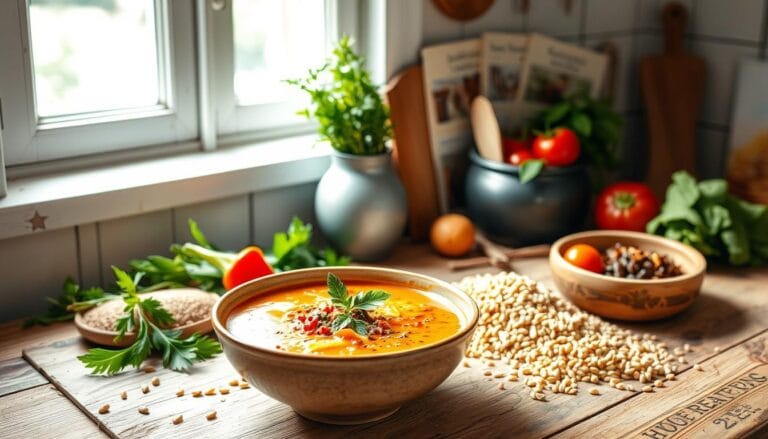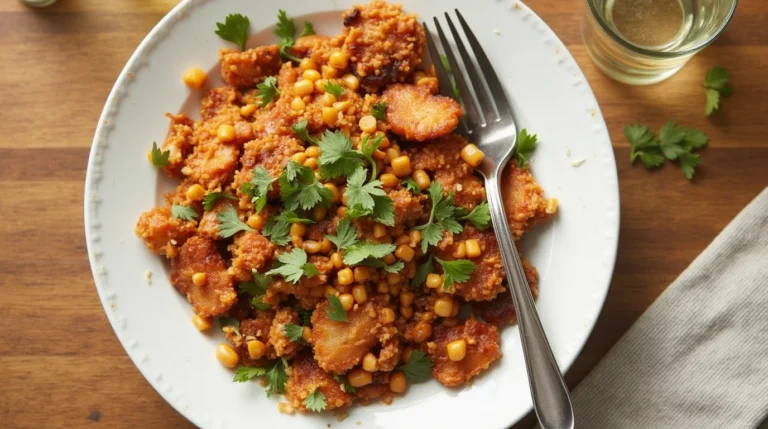A Taste of Health from Every Corner of the World
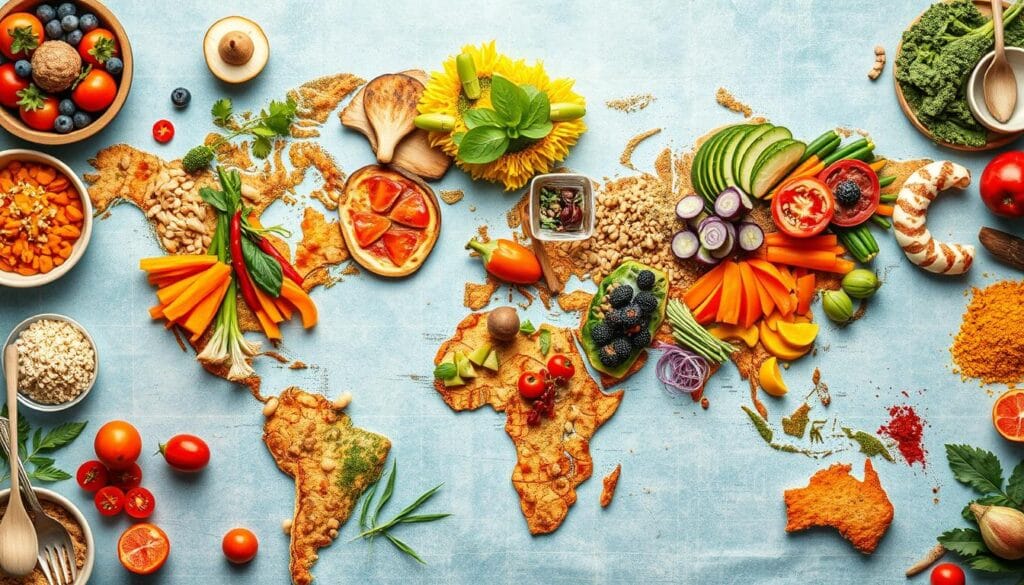
Table of Contents
A Taste of Health from Every Corner of the World
Have you ever thought about how people around the world stay healthy? It’s not just about eating calories. It’s about tapping into cultural wisdom passed down through generations.
I’m passionate about wellness and have found that every part of the world has something to teach us. The Mediterranean’s olive oils are good for your heart. Japan’s diet helps people live longer. These global foods can change how we think about eating.
This journey will show you how different cultures have developed amazing ways to eat. You’ll see that traditional foods are more than just food. They’re tools for staying healthy. By learning about these diets, you can find new ways to be well.
Join me on a tasty adventure that will open your eyes to food, health, and how societies nourish themselves. Your journey to better health starts with a single bite.
Understanding Global Nutrition and Wellness Practices
Nutrition is a universal language that connects cultures worldwide. Your journey into understanding global wellness practices reveals fascinating insights into how different societies approach a balanced diet and whole foods.
Exploring traditional nutrition practices offers profound wisdom about healthy eating. Each culture has developed unique approaches to maintaining optimal health through diet and lifestyle choices.
Traditional Healing Foods Across Cultures
Different cultures have long understood the power of food as medicine. Healing foods play crucial roles in maintaining wellness:
- Turmeric in Indian cuisine for anti-inflammatory properties
- Ginger in Asian traditions for digestive health
- Garlic in Mediterranean diets for heart protection
The Science Behind Cultural Food Wisdom
“Let food be thy medicine and medicine be thy food” – Hippocrates
Modern scientific research increasingly validates traditional nutritional practices. Researchers have discovered that many cultural dietary approaches provide significant health benefits.
| Culture | Key Nutritional Practice | Health Benefit |
|---|---|---|
| Japanese | Fermented Foods | Improved Gut Health |
| Mediterranean | Olive Oil Consumption | Heart Disease Prevention |
| Nordic | Fish-based Diet | Omega-3 Intake |
Ancient Dietary Principles in Modern Times
Your approach to nutrition can benefit from ancient wisdom. Integrating time-tested whole foods and balanced diet principles can transform your overall health and well-being.
- Focus on plant-based ingredients
- Minimize processed food consumption
- Embrace seasonal and local produce
Global nutrition practices demonstrate that a thoughtful, culturally informed approach to eating can provide remarkable health benefits.
Mediterranean Diet: The Gold Standard of Eating Healthy
Discover the power of the Mediterranean diet, a clean eating approach that’s gained worldwide attention. It comes from countries near the Mediterranean Sea. It offers a tasty way to wellness, beyond just dieting.
“Let food be thy medicine and medicine be thy food” – Hippocrates
The Mediterranean diet is a top plant-based eating plan. It focuses on whole, unprocessed foods. Its main points are:
- Abundant fresh fruits and vegetables
- Whole grains and legumes
- Olive oil as primary fat source
- Moderate fish and seafood consumption
- Limited red meat intake
Eating healthy with this diet is more than just food choices. It’s a way of life. Studies show it lowers heart disease risk, boosts brain function, and may prevent cancer.
| Food Category | Daily Recommendation |
|---|---|
| Vegetables | 4-6 servings |
| Fruits | 2-4 servings |
| Whole Grains | 3-6 servings |
| Olive Oil | 3-4 tablespoons |
Adding Mediterranean diet principles to your life is easy. Start by adding more plant-based meals. Choose fresh ingredients and enjoy your food. Your body will appreciate this timeless nutritional wisdom.
Asian Cuisine: Balance Through Mindful Food Choices
Asian cooking traditions teach us a lot about eating mindfully and eating well. They show us how to connect our health with our mind and spirit. This is more than just about food.
In Asian cultures, food is more than just something to eat. It’s seen as a way to keep the body healthy and balanced. Every ingredient is chosen with care to help the body stay in harmony.
Japanese Longevity Secrets
Japanese eating habits are full of nutritional wisdom. The idea of hara hachi bu teaches us to stop eating when we’re 80% full. This helps avoid eating too much and keeps our metabolism balanced. Key tips include:
- Eating smaller portions
- Focusing on plants
- Practicing mindful eating
- Adding nutrient-rich seafood
Chinese Medicine and Food Harmony
Traditional Chinese nutrition aims to balance yin and yang energies. It sees food as a way to prevent sickness and keep us well.
“Let food be thy medicine and medicine be thy food” – Ancient Chinese Proverb
Korean Fermented Foods Benefits
Korean food is all about fermented foods. Kimchi and other fermented foods are full of good bacteria. They help our gut and immune system stay strong.
- Boosts digestive health
- Strengthens the immune system
- Is full of good bacteria
By following these Asian food principles, we can change how we eat. We can make our relationship with food more mindful and complete.
Latin American Superfoods and Traditional Wisdom
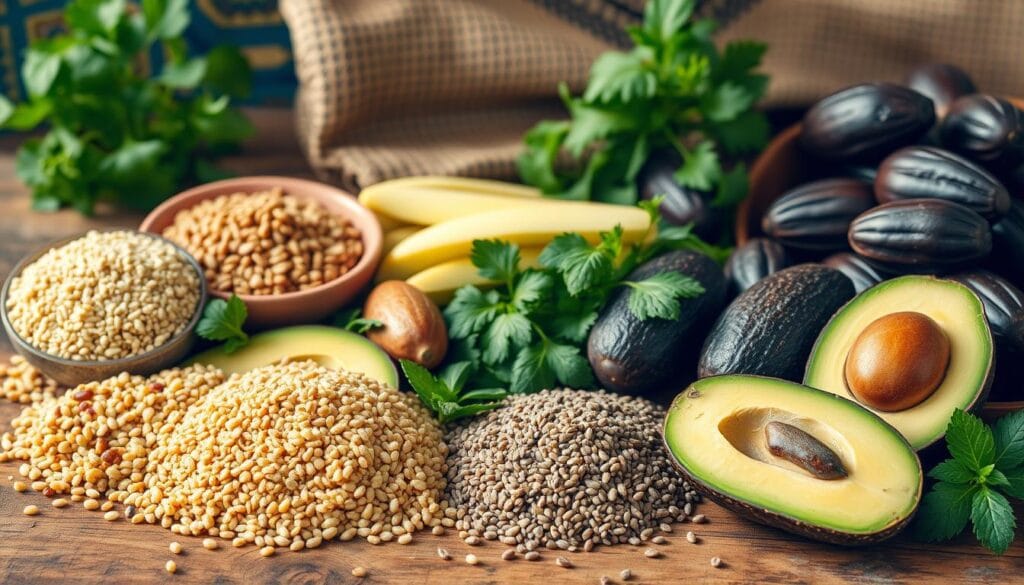
Latin America is a goldmine of whole foods that can change how you eat. From the high Andean plateaus to the lush Amazon rainforest, traditional cuisines know the value of natural ingredients. They’ve long used them for health.
Quinoa is a nutritional superstar, offering complete protein and essential amino acids. This ancient grain has been a mainstay for indigenous people for thousands of years. Chia seeds are also amazing, with omega-3 fatty acids and antioxidants.
- Quinoa: Complete protein source
- Chia seeds: Rich in omega-3 fatty acids
- Acai berries: Powerful antioxidant
- Maca root: Energy-boosting adaptogen
“Food is our first medicine” – Traditional Latin American Wisdom
Adding these incredible ingredients to your diet can improve your nutrition. Acai berries, with their deep purple color, are full of antioxidants. Maca root, grown in Peru’s challenging mountain regions, boosts energy.
Traditional Latin American diets focus on balanced nutrition with diverse, nutrient-rich whole foods. By using these superfoods in your meals, you tap into centuries-old dietary wisdom.
Begin by adding these ingredients to smoothies, salads, and grain bowls. Your body will appreciate these nutritional treasures from Latin America.
African Diet Essentials for Optimal Health
The African continent is a treasure trove of nutrition wisdom. It can change how you view whole foods and plant-based eating. The diverse culinary traditions across Africa offer insights into balanced nutrition that can improve your health.
African dietary practices are a goldmine of nutritional excellence. They focus on natural, unprocessed ingredients for optimal wellness.
North African Mediterranean Influences
North African cuisine is a mix of Mediterranean and indigenous cooking. It has a unique nutritional profile. Key features include:
- Abundant use of fresh vegetables
- Legume-rich protein sources
- Healthy olive oil consumption
- Minimal processed food intake
Sub-Saharan Nutrient-Dense Foods
Sub-Saharan regions have remarkable plant-based nutrition sources. These foods offer great health benefits and support sustainable eating.
| Food | Nutritional Benefits | Typical Uses |
|---|---|---|
| Moringa | High protein, vitamins A, C | Leaf powder, tea |
| Teff | Gluten-free grain, iron-rich | Bread, porridge |
| Baobab | Antioxidant, vitamin C | Fruit powder, drinks |
Indigenous African Grains
African indigenous grains are nutritional powerhouses. Sorghum, millet, and teff have complete proteins and lots of minerals.
“Food is our medicine, and our medicine is food” – Traditional African Proverb
Exploring these diverse nutritional traditions can add powerful whole foods and plant-based strategies to your wellness plan.
Nordic Eating Patterns for Wellness

Discover the secret to longevity and vibrant health in the Nordic regions. The Nordic diet is a remarkable approach to clean eating. It changes how you think about nutrition. It’s based on whole foods and traditional practices, offering a blueprint for optimal wellness.
“Eat like the Nordics, and nourish your body with nature’s most powerful ingredients.”
Nordic eating is more than just a diet. It’s a balanced diet philosophy that focuses on fresh, local, and minimally processed foods. The core principles include:
- Abundant seafood rich in omega-3 fatty acids
- Seasonal berries packed with antioxidants
- Whole grains like rye and barley
- Root vegetables and foraged plants
Your journey to wellness can be dramatically improved by embracing Nordic dietary strategies. This approach focuses on nutrient-dense foods. These foods support heart health, manage weight, and boost overall vitality.
Key ingredients that define the Nordic diet include:
| Food Category | Key Benefits |
|---|---|
| Fatty Fish | High in protein, omega-3s |
| Wild Berries | Antioxidant powerhouses |
| Root Vegetables | Rich in fiber, essential minerals |
Incorporate hygge – the Nordic concept of comfort and well-being – into your eating habits. Enjoy meals mindfully, savor each bite, and connect with the nutritional heritage of this remarkable culinary tradition.
Middle Eastern Diet: Ancient Wisdom Meets Modern Nutrition
The Middle Eastern diet is a blend of old wisdom and new health knowledge. It focuses on plant-based foods and traditional cooking. This mix offers a healthy way to eat, combining ancient practices with today’s health insights.
The Power of Herbs and Spices
Middle Eastern food turns simple dishes into health boosters with herbs and spices. Turmeric, za’atar, and sumac add flavor and health benefits. They have anti-inflammatory properties.
- Turmeric: Powerful antioxidant
- Za’atar: Rich in thyme and oregano
- Sumac: High in vitamin C
Legumes and Whole Grains Tradition
The Middle Eastern diet is known for its balanced plant-based eating. Legumes like chickpeas and lentils are high in protein. Whole grains like bulgur and freekeh offer complex carbs and minerals.
| Ingredient | Nutritional Benefit | Protein Content |
|---|---|---|
| Chickpeas | Fiber and protein | 14.5g per cup |
| Lentils | Iron and folate | 18g per cup |
| Bulgur | Complex carbohydrates | 5.6g per cup |
Heart-Healthy Middle Eastern Practices
Embracing Middle Eastern diet is good for your heart. Olive oil, nuts, and seeds are key. They provide omega-3s and monounsaturated fats, which are good for your heart.
“Let food be thy medicine and medicine be thy food” – Ancient Middle Eastern Wisdom
Pacific Island Food Culture and Health Benefits
Pacific Island cuisines show a unique way of eating whole foods and clean eating. This diet has lasted for generations. It’s a perfect example of how food and culture are deeply connected.
The diet of Pacific Islands focuses on several key foods. These foods offer great health benefits:
- Fresh seafood rich in omega-3 fatty acids
- Tropical fruits packed with antioxidants
- Root vegetables like taro and sweet potato
- Coconut products with unique metabolic properties
“Food is our medicine, and our medicine is food” – Traditional Pacific Island Wisdom
Exploring Pacific Island nutrition shows a strong link between diet and health. Traditional diets focus on whole, unprocessed foods. These diets support good health. They also follow clean eating principles by using local, minimally processed ingredients.
| Pacific Island Food | Nutritional Benefits | Key Nutrients |
|---|---|---|
| Taro | Digestive Health | Fiber, Potassium |
| Breadfruit | Energy Metabolism | Complex Carbohydrates |
| Coconut | Immune Support | Healthy Fats, Minerals |
Even with modern changes, Pacific Islanders keep their nutritional traditions alive. By learning from these traditions, you can add nutritious foods to your diet.
Indian Subcontinent: Ayurvedic Approach to Nutrition
Ayurveda is an ancient system from the Indian subcontinent. It teaches us about balanced diet and mindful eating. This approach sees nutrition as a way to health and harmony.
“Let food be thy medicine and medicine be thy food” – Ayurvedic Proverb
Starting your nutrition journey with Ayurveda means learning about your body’s unique type, or dosha. This type shows what foods are best for you.
- Vata: Needs grounding, warm foods
- Pitta: Benefits from cooling, soothing nutrients
- Kapha: Needs metabolism-boosting ingredients
Mindful eating in Ayurveda is more than picking food. It’s about how you eat. It includes:
- Eating in a calm place
- Chewing food well
- Being thankful during meals
Spices are key in Ayurvedic nutrition. Turmeric, ginger, and cumin add flavor and heal. They help with digestion and reduce inflammation.
“Ayurveda teaches us that true health starts with understanding our body’s unique needs” – Dr. Vasant Lad
By using Ayurvedic principles, you can change how you see nutrition. You’ll create a diet that balances your body and mind.
Creating Your Global Healthy Eating Plan
Turning your diet into a world food journey needs smart meal planning and careful thought. Exploring different cuisines can change your eating habits. It keeps your meals balanced and healthy.
Incorporating World Flavors
Adding diverse tastes to your meals is easy. Begin with simple ingredients from around the world. They can make your daily dishes more exciting.
- Use Mediterranean herbs like oregano and thyme
- Incorporate Asian spices such as turmeric and ginger
- Try Latin American chili blends
Building Balanced Global Meals
When trying new foods, remember to control your portions. Make meals that have protein, carbs, and veggies from various cultures.
| Cuisine Type | Protein Source | Carbohydrate | Vegetable |
|---|---|---|---|
| Mediterranean | Grilled fish | Quinoa | Roasted peppers |
| Asian | Tofu | Brown rice | Bok choy |
| Latin American | Black beans | Sweet potato | Avocado |
Shopping for International Ingredients
Expand your recipe book by visiting international grocery stores or specialty markets. Look for fresh, whole foods that fit global nutrition.
“Eating globally is about discovering new flavors while maintaining a balanced, nutritious diet.” – Nutrition Expert
Your global healthy eating plan should be flexible, fun, and lasting. Mix different cooking styles, ingredients, and tastes. This way, you can make a diet that’s truly yours.
Conclusion
Exploring nutrition across different cultures shows us a key truth: delicious, healthy foods are found everywhere. Your journey through global diets shows that there’s no one right way to be healthy. Instead, many culinary traditions offer valuable lessons on balanced eating.
From Mediterranean olive oils to Asian fermented foods, each region has its own nutrition secrets. By trying international foods, you can make your diet more vibrant and full of nutrients. The goal is to enjoy healthy eating, not follow strict rules.
Your new knowledge lets you make meals that are more than just food. They become celebrations of culture and connection. By learning from global eating habits, you’ll see that nutrition is about more than just calories. It’s about tradition, connection, and well-being.
Remember, your nutritional journey is unique and always changing. Try new flavors, respect different cultures, and listen to your body. Healthy eating is an exciting adventure that connects you to our rich food heritage.
FAQ
What makes a diet truly healthy across different cultures?
A healthy diet is all about whole foods and plant-based ingredients. It’s about balanced nutrients and controlling portions. Around the world, people show that eating well is simple. It’s about fresh, unprocessed foods and cooking methods passed down through generations.
How can I incorporate global nutrition practices into my daily meals?
Start by adding ingredients from various cuisines to your meals. Try Mediterranean olive oil, Asian fermented foods, Latin American quinoa, or African whole grains. Learn traditional cooking methods and experiment with spices. Aim for meals that are both nutritious and delicious.
Are there universal nutrition principles that work across different cultures?
Yes, there are! Eating whole foods, being mindful of what you eat, and controlling portions are key. Also, focus on plant-based foods and enjoy meals with others. These tips are found in many cultures, from the Mediterranean to Asia.
How do I start exploring international healthy eating without overwhelming myself?
Start slow by focusing on one cuisine at a time. Look up traditional recipes and buy a few key ingredients. Gradually add new foods to your meals. Planning your meals and learning about international ingredients makes it easier and more fun.
What are some global superfoods I should consider adding to my diet?
Think about adding quinoa, seaweed, chia seeds, turmeric, olive oil, and leafy greens to your diet. These foods are packed with nutrients and can boost your diet.
How important is cultural context when adopting international dietary practices?
Cultural context is very important. Knowing the history and tradition behind food helps you adopt practices respectfully. It’s not just about the food, but also the approach to nutrition that cultures have developed over time.
Can international dietary practices help with specific health goals?
Yes, they can! Different diets target different health goals. For example, the Mediterranean diet is good for the heart, Japanese diets promote longevity, and Ayurvedic nutrition focuses on overall wellness. Choose practices that align with your health goals.
How can I make global healthy eating sustainable in the long term?
Adopt healthy eating gradually and keep trying new things. Learn about different cuisines, invest in quality ingredients, and develop your cooking skills. Most importantly, enjoy the journey. Sustainable eating is about creating a lifestyle that feels good, not strict rules.
